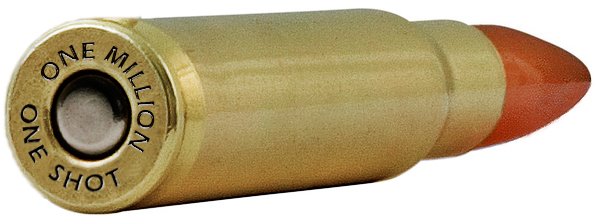In between developing my product lines and forming the brand behind the product, I have selected an appropriate audience to initially market the products to. As of now, I know what sex they are, what age bracket they fit into, and that’s about it. The next steps for me are to begin to uncover the motivations, perceptions, and purchase habits of this group, and begin to build a personality (psychographic) around how they act, how they learn about new products, what is likely to influence them or grab their attention, how they communicate with another, what is important to them, and what types of media they pay most attention to.
 A sophisticated dissection of the target audience will empower me with the relevant knowledge necessary to craft a successful marketing and communications plan to launch the brand and the products it represents. I firmly believe that someone could be selling the best product in the world, but if it is not marketed properly then it will never survive.
A sophisticated dissection of the target audience will empower me with the relevant knowledge necessary to craft a successful marketing and communications plan to launch the brand and the products it represents. I firmly believe that someone could be selling the best product in the world, but if it is not marketed properly then it will never survive. Beyond compiling a smart profile of my target audience to launch the brand, this knowledge will empower me to better create and design product lines to fit the needs of my consumer. The smart profile will also hopefully eliminate days of unnecessary time and money spent on product or communications development, the key word being “hopefully.”
I am writing this post because above all, I am a massive proponent about combining all available knowledge to build a picture of why, when, how, and what your target audience is going to do with your product or brand.
I believe that consumer insight is not only important for manufacturers and marketers, it is becoming a mainstay within engineering, architecture, and urban planning. A local architecture firm in San Francisco, MKThink, relies on ethnographers, sociologists, and ergonomic engineers to understand how and why people use certain spaces. The insights gained from these studies provide MKThink architects with actionable knowledge to design truly usable spaces. This means that less can equal more, and that precious land is utilized to its maximum potential.
Insight is king!!!!!!!!!


No comments:
Post a Comment